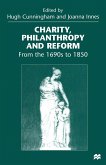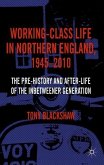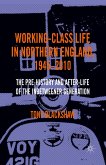This study analyses poor relief in preindustrial Europe from 1800 to 1850, as a survival strategy of the poor and as a control strategy of the elites. It deals with poverty and the problems of the poor, but also with wealth and the concerns of the elites and of the middle classes. A simple model of poor relief is presented, based on insights derived from history, sociology and welfare economics. It is tested against the historical records of Amsterdam from 1800 to 1850. The study brings out some of the perennial problems of social policy, past and present, as well as some aspects of Old Regime charity, now vanished.
'...an elegant model for explaining how poor relief worked well beyond the boundaries of Amsterdam.' - Journal of Interdisciplinary History
'...van Leeuwen opens an interesting insight into the world of poverty and richness in Amsterdam in the first half of the nineteenth century.' - American Historical Review
'...van Leeuwen opens an interesting insight into the world of poverty and richness in Amsterdam in the first half of the nineteenth century.' - American Historical Review








